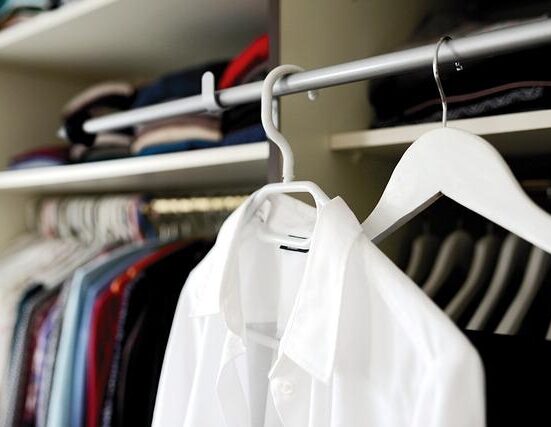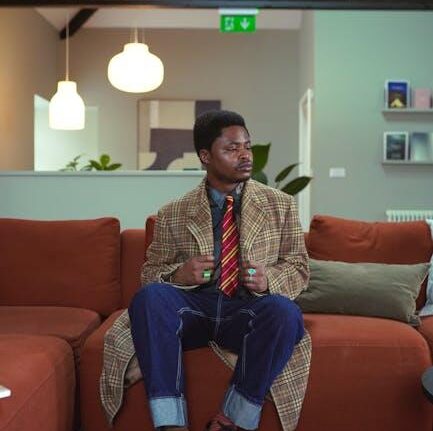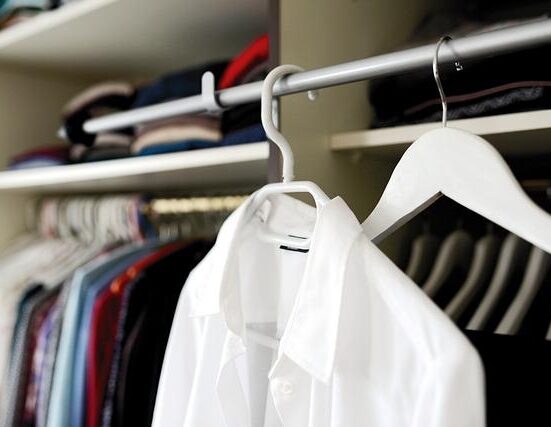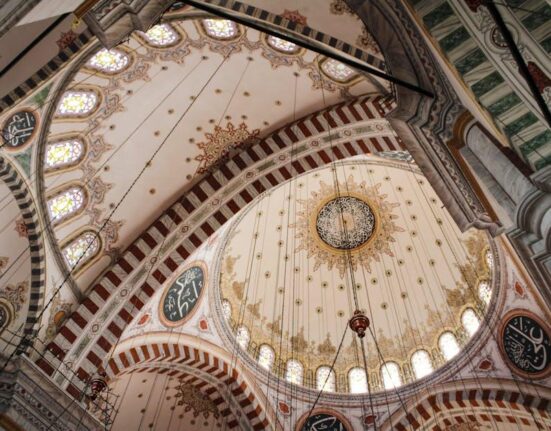In a world where fast fashion dominates the retail landscape, the concept of “slow fashion” has emerged as a beacon of sustainability and mindfulness. Promising not only too reduce waste but also to champion quality over quantity, slow fashion encourages consumers to invest in pieces that are designed to last. But how true is this claim? As more individuals seek to align their purchasing habits with values of sustainability, the question arises: are slow fashion items genuinely more durable than their fast fashion counterparts? To explore this, we embarked on a complete wear test over a six-month period. Join us as we delve into the performance, resilience, and overall longevity of slow fashion pieces, uncovering whether these investments stand the test of time or if they are merely a well-crafted marketing illusion.
Evaluating the Longevity of Slow Fashion: Insights from Real Wear
The recent six-month wear test aimed to dissect the commonly held belief that slow fashion pieces are inherently more durable than their fast fashion counterparts.Observing a curated selection of garments from enduring brands,notable trends emerged in their performance over time. Participants reported that many slow fashion items maintained their structural integrity,defied fading,and showed minimal signs of wear,exceeding expectations in terms of longevity and quality. Key aspects contributing to this durability included:
- material Quality: Fabrics were frequently enough made from natural, high-quality fibers.
- Craftsmanship: Enhanced stitching techniques and thoughtful construction played a role.
- Care Instructions: Brands promoted specific care tips that helped prolong the life of the garments.
However, it was not all smooth sailing; certain pieces did exhibit vulnerabilities. As a notable example, delicate fabrics like linen and silk showed more wear under frequent usage than sturdier options. To visualize these findings,a comparative table below summarizes the observed durability of different slow fashion garments:
| Item Type | Durability Rating (1-5) | Common Issues |
|---|---|---|
| Organic Cotton T-Shirt | 5 | None |
| Linen Dress | 3 | Pilling |
| Wool Sweater | 4 | Fading |
| Recycled Polyester Jacket | 5 | None |
Insights from this wear test illustrate that while slow fashion garments may offer enhanced durability in many cases,consumer behavior and usage patterns ultimately inform the longevity of these pieces. Understanding the interplay between material selection and individual care practices will be crucial in deciding whether to invest in slow fashion for longevity or to embrace the fast fashion cycle for immediate trends.

Materials Matter: A Deep Dive into Durability and Sustainability
As fashion enthusiasts increasingly embrace the principles of sustainability, the question arises: do these ”slow fashion” pieces truly hold up to the rigorous demands of everyday wear? To explore this notion, we conducted a detailed six-month wear test on a selection of high-profile slow fashion brands. The focus was on key attributes such as material composition, construction techniques, and eco-friendliness. Our findings indicated that many slow fashion items not only displayed remarkable longevity but also outperformed their fast fashion counterparts in resisting wear and tear, staining, and fading.
Through the wear test, several factors emerged that contributed to the durability of these slow fashion pieces:
- Natural fibers: Items made from materials like organic cotton, linen, and Tencel showcased superior resilience.
- artisan craftsmanship: Holistic production methods emphasize quality over quantity, ensuring that each item can withstand the test of time.
- Timeless design: Aesthetic choices that prioritize versatility allow slow fashion pieces to remain relevant across different seasons.
For clarity, we compiled a comparison table of the durability ratings based on our observations:
| Brand | Material Type | Durability Rating (1-10) |
|---|---|---|
| Brand A | Organic Cotton | 9 |
| Brand B | Linen | 8 |
| Brand C | Tencel | 10 |

Cost vs Value: Understanding the Long-Term Investment of Slow Fashion
When evaluating slow fashion, it’s essential to shift our perspective from immediate costs to long-term value. While the initial price tag on a slow fashion piece may be higher than its fast-fashion counterpart, understanding what lies beneath the surface reveals a different narrative. Durability, craftsmanship, and timeless design are frequently enough the hallmarks of these investments. Slow fashion brands typically prioritize sustainable materials and ethical production methods, which contribute to the longevity of each item. This means fewer replacements and a reduced environmental footprint over time, leading to potential savings that far outweigh the upfront costs.
Moreover, the concept of value extends beyond mere economics; it also encompasses the emotional and social attributes associated with our clothing. Wearing garments that reflect personal value, ethical standards, and social responsibility can positively influence our self-image and overall satisfaction. When engaging with slow fashion, consider factors such as:
- emotional connection: Items that resonate personally frequently enough bring more joy over time.
- Versatility: Quality pieces can be styled in numerous ways, enhancing your wardrobe’s functionality.
- Sustainable practices: Knowing the impact of your purchases fosters a sense of responsibility.
Ultimately, investing in slow fashion is not just about purchasing a clothing item; it’s a commitment to a lifestyle that values quality over quantity. The long-term benefits of integrating these pieces into your wardrobe can lead to a more mindful approach to both fashion and consumption.

Maintenance Tips for Extending the Life of Your Wardrobe
To ensure that your slow fashion pieces endure the test of time, proper maintenance is key. Start by establishing a regular washing routine that keeps your garments looking fresh without causing undue wear. Here are some essential washing tips:
- Wash in Cold Water: This minimizes fading and shrinkage.
- Use Gentle Detergents: Choose eco-friendly, mild detergents that are free from harsh chemicals.
- Air dry: Whenever possible, hang clothes to dry rather than using a dryer to prevent heat damage.
Additionally, proper storage plays a crucial role in prolonging the life of your wardrobe. Ensuring your garments remain in good shape can be achieved by following these simple practices:
- Fold Knits: Always fold knitwear to avoid stretching.
- Use Hangers Wisely: Invest in padded or wooden hangers to maintain the shape of your delicate pieces.
- Protect from Moths: Store seasonal items with cedar or lavender sachets to keep pests at bay.
| Maintenance Tips | Description |
|---|---|
| Cold Water Washing | Preserves color and reduces damage. |
| Air Drying | Prevents shrinkage and maintains fabric integrity. |
| Proper storage | Protects garments from wear and pests. |
To Wrap It up
In the ever-evolving landscape of fashion, where trends flicker like passing shadows, the concept of “slow fashion” emerges as a beacon of sustainability and intentionality. our six-month wear test unveils invaluable insights into the durability of these thoughtfully crafted pieces. As we conclude this exploration, it becomes clear that the essence of slow fashion lies not only in its commitment to quality materials and ethical production but also in its ability to adapt to our lives over time.
Ultimately, durability is not merely a measure of strength; it encompasses the ethos of clothing that stands the test of time—both in style and integrity. The pieces we’ve scrutinized have indeed weathered the storm of daily wear, urging consumers to consider their purchasing decisions more carefully. By embracing a slower approach to fashion, we take a step towards a more sustainable future, one where our wardrobes do not just keep up with trends but narrate the stories of our lives. As we move forward, let us champion clothing that not only endures but also enriches our journey through every season.








Leave feedback about this